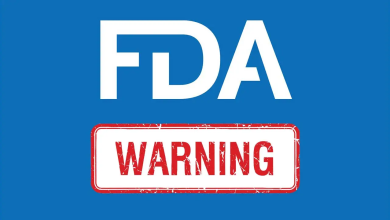22 U.S. Teens Die Each Week From Overdose Linked To Fentanyl In Counterfeit Pills

A study published in the New England Journal of Medicine has exposed a disturbing trend in the United States, with an average of 22 teenagers succumbing to overdoses every week. The primary driver behind this surge is identified as fentanyl, present in counterfeit pills. The study, shedding light on the years 2020 to 2022, disclosed that teen overdoses were twice the national average in Arizona, Colorado, and Washington State.
Researchers pinpointed 19 hotspot counties, characterized by a minimum of 20 overdose deaths and death rates surpassing the national average. Maricopa County in Arizona and Los Angeles County emerged as the areas with the highest number of fatal overdoses.
The lethal component in these teen overdoses is traced back to fentanyl-laced illicit versions of substances such as oxycodone, benzodiazepines, and other counterfeit prescription pills. The prevalence of counterfeit medications containing potent and often deadly doses of fentanyl poses a severe risk, particularly as these fake pills can closely resemble legitimate prescription medications.
Joseph Friedman, co-author of the study from the University of California, Los Angeles, emphasized the critical need to raise awareness among teenagers about the heightened risks associated with experimenting with pills. He highlighted the challenge of distinguishing between authentic prescription medications obtained from medical professionals and counterfeit versions containing potentially lethal amounts of fentanyl, which may appear indistinguishable to the naked eye.
Friedman stressed the urgency of providing accurate information to teenagers about the real dangers associated with these counterfeit pills and implementing strategies to ensure their safety and that of their peers. As the illicit drug market becomes increasingly sophisticated, education and awareness campaigns are essential tools in combating the alarming rise in overdose deaths among teenagers.
This study serves as a stark reminder of the evolving nature of the opioid crisis, with fentanyl emerging as a potent and widespread threat, especially in the realm of counterfeit prescription drugs. Urgent and targeted interventions are needed to address this concerning trend and safeguard the well-being of vulnerable populations, particularly teenagers who may be unwittingly exposed to these life-threatening substances.





